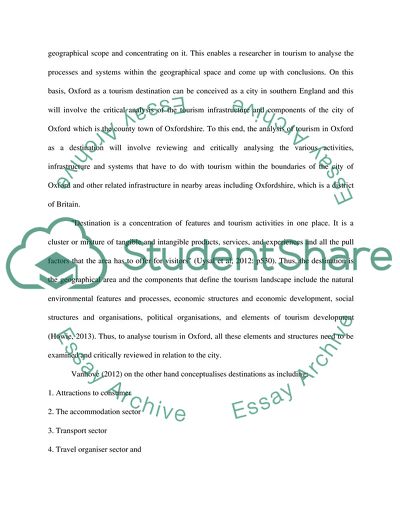Cite this document
(Oxford as a Significant Tourism Destination Coursework, n.d.)
Oxford as a Significant Tourism Destination Coursework. Retrieved from https://studentshare.org/tourism/1815139-destination-oxford
Oxford as a Significant Tourism Destination Coursework. Retrieved from https://studentshare.org/tourism/1815139-destination-oxford
(Oxford As a Significant Tourism Destination Coursework)
Oxford As a Significant Tourism Destination Coursework. https://studentshare.org/tourism/1815139-destination-oxford.
Oxford As a Significant Tourism Destination Coursework. https://studentshare.org/tourism/1815139-destination-oxford.
“Oxford As a Significant Tourism Destination Coursework”, n.d. https://studentshare.org/tourism/1815139-destination-oxford.


